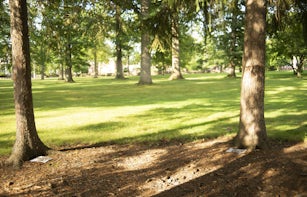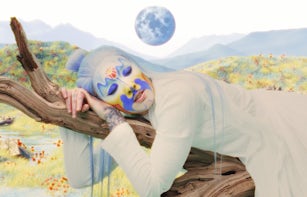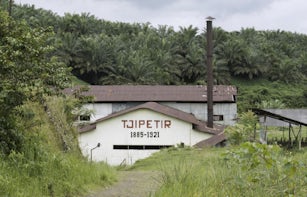Bring on the Devil: On the Romantic Cult of Radical Individualism
Who is the devil? Throughout the centuries this question has proved to be as stimulating as it has been provocative.
The character of the devil has served as a screen onto which ideals and utopias have been continually projected – ideals and utopias that show the devil not simply as the representative of evil in the moral discourse of religion. It is rather in the realm of culture and cults that the figure of the devil has been charged with the many dreams and fantasies that make him into the glamorous, multi-faceted figure he is. One important influence on the modern incarnation of the devil has been the cult of darkness celebrated by the romantic poets of the 19th century, including Baudelaire and Byron. Their version of the prince of darkness, in turn, goes back to the landmark description in John Milton’s Paradise Lost. Milton’s interpretation of Satan as the fallen but heroic rebel angel made the devil the idol of all outlaws. As such, the devil has become a prime source of identification for many different performers on the social stage of culture, a romantic role model for poets, artists, actors, vamps, divas, dandies, disintegrated teenagers and all who like to be known as mad, bad and dangerous.



